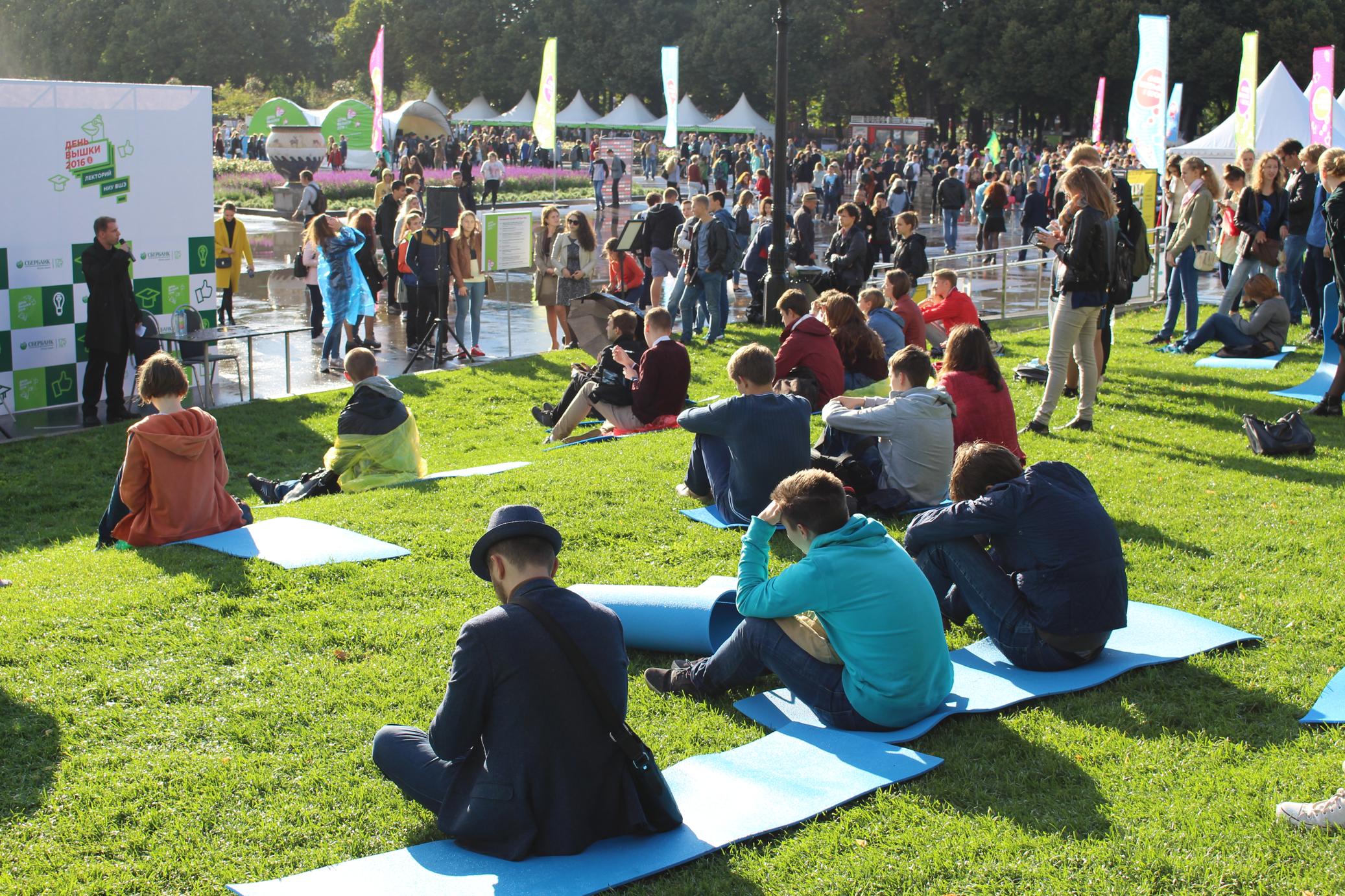This is the 3rd part (3/4) of my Open Talk on Innovation and Public Service Motivation that I delivered at HSE Day 2016, at 8th of September in Moscow’s Gorky Park (pictured above)
Leningrad region
Moscow is not Russia, people usually acknowledge. What is the broader picture, beyond the capital?
In spring this year I was able to survey almost 4,000 local civil servants in Leningrad region. I administered an online questionnaire; participation was voluntary and fully anonymous. I asked respondents a series of questions about personal beliefs and attitudes, job satisfaction, and working experience. My intention was to learn about the level of innovative behavior and how it relates to three types of motivation.
Three types of motivation
The first motivation is called Public Service Motivation. People with a high level of PSM are willing to serve community members even at their own expense. The concept is very famous in Public Administration; it was developed in the 1990ies (Perry 1996, Lin & Perry 2015).
Other people give more weight to job security, and a stable income and working routine. I call this Security Motivation, or loss aversion, because it’s important to them not to lose social status, or entitlements.
And yet individuals seek to exercise power over others. Working in civil service to them is a mean to exercise power and to gain social status. I call this power motivation.
Elbow room vs. SOPs
So my argument is that personal attitudes make a difference in how civil servants perform their job. But I mentioned that public bureaucracy heavily relies on rules and standards. SOPs exactly tell the public official what to do in a particular situation, limiting the autonomy of public officials for the sake of uniform services. How can personal attitudes matters in such an environment?
Yes, they can: Administrative professional are always given a certain level of flexibility in implementing policy programs. And within this elbow room / leeway of operators the attitudes, beliefs and motivations of civil servants make a difference in how they do their job.
Results
I received responses from some 1,600 civil servants. The average respondent was a 42 year old female mid-level public officer with 7 to 15 years of working experience.
Russian local Civil servants self-report a very high motivation to correct errors and innovate. The mean value of the variable over all participants was 4.1 (on a 1 to 5 scale), above the scale midpoint.
Russian civil servants also self-report a high level of PSM. The answers of seven questions are put together to measure PSM. Again the highest possible value is 5; the mean value of all respondents in 4.3.
The level of power motivation and security motivation respectively is lower compared to PSM, but still remarkable. The variable measuring power motivation has a mean value of 3.7 which is much lower compared to the mean value of the variable measuring public service motivation. The variable measuring security motivation (loss aversion) has a mean value of 3.8, above the scale midpoint and similar to Power motivation mean value.
Job satisfaction / Empowerment
Civil servants report a high level of job satisfaction. And most of them also report that their agency offers them opportunities to develop professional skills.
